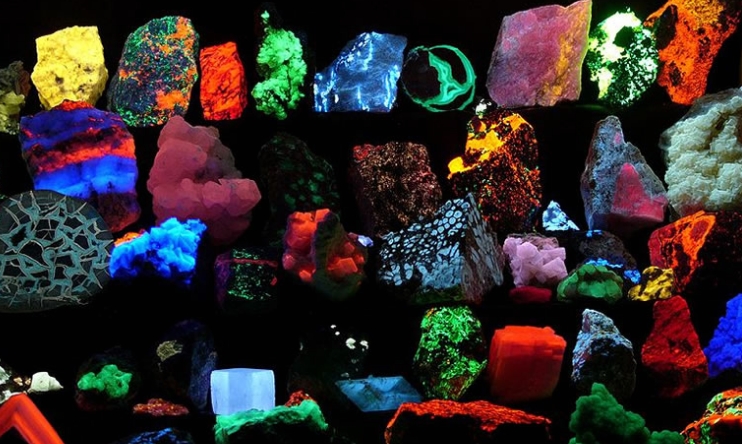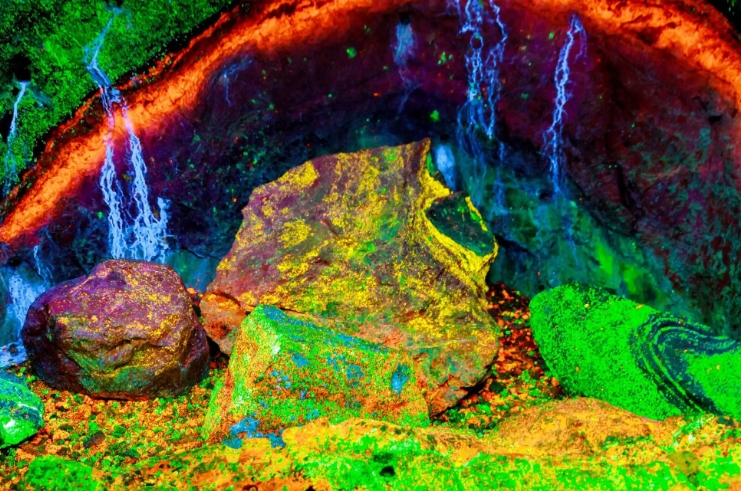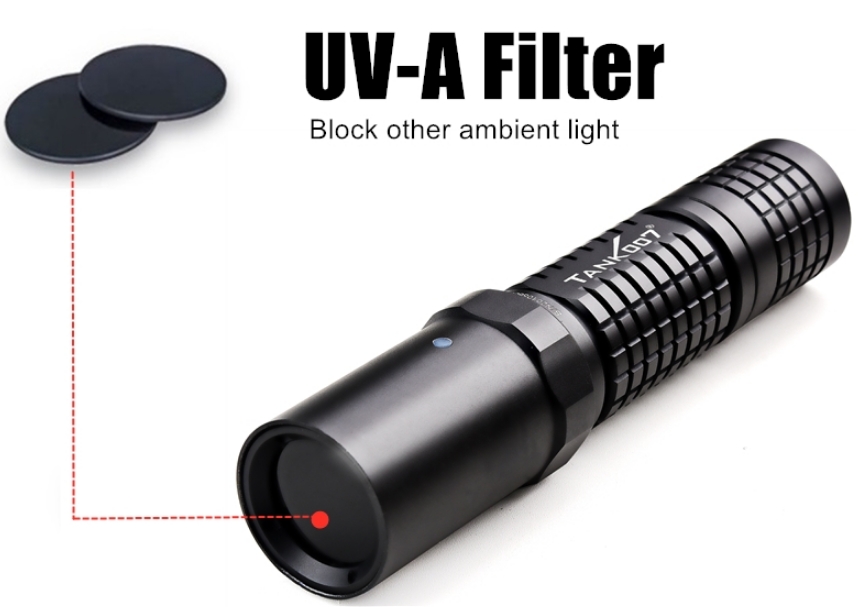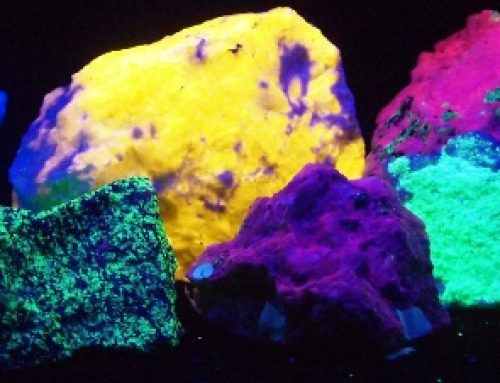Introduction
Ultraviolet (UV) light is a type of electromagnetic radiation with wavelengths shorter than visible light but longer than X-rays. It plays a crucial role in various scientific, industrial, and recreational applications, including the study and identification of minerals. UV light interacts with minerals in unique ways, often causing them to fluoresce, phosphoresce, or reveal hidden characteristics. This article explores the science behind UV light, its interaction with minerals, and the principles that govern this fascinating phenomenon.
1. Understanding UV Light
| Type of UV Light | Wavelength Range (nm) | Common Applications |
|---|---|---|
| UVA (Longwave) | 320–400 | Mineral identification, counterfeit detection |
| UVB (Midwave) | 280–320 | Medical treatments, sterilization |
| UVC (Shortwave) | 100–280 | Sterilization, laboratory research |
- UVA (Longwave UV Light): Most commonly used for mineral inspection because it is safer and widely available.
- UVB (Midwave UV Light): Less common but sometimes used for specialized mineral studies.
- UVC (Shortwave UV Light): Highly energetic and used for detecting rare fluorescent minerals but requires protective measures.
2. How UV Light Interacts with Minerals
When UV light strikes a mineral, several interactions can occur:

a. Fluorescence
- Some minerals absorb UV light and re-emit it as visible light.
- Example Minerals: Fluorite, Calcite, Willemite.
b. Phosphorescence
- Certain minerals continue to emit visible light even after the UV source is removed.
- Example Minerals: Sphalerite, Willemite.
c. Absorption and Reflection
- Some minerals absorb UV light without re-emitting visible light.
- Others may reflect UV light, creating a unique appearance.
| Interaction Type | Description | Examples |
|---|---|---|
| Fluorescence | Emits visible light under UV exposure | Fluorite, Calcite |
| Phosphorescence | Continues emitting light after UV source is removed | Willemite, Sphalerite |
| Absorption | UV light is absorbed without visible emission | Certain Quartz Variants |
| Reflection | UV light reflects off the surface | Specific opaque minerals |
3. Factors Affecting UV Light Interaction with Minerals
- Mineral Composition: Specific chemical elements or impurities can trigger fluorescence.
- Wavelength of UV Light: Different minerals respond to UVA, UVB, or UVC light uniquely.
- Presence of Activators: Elements like manganese, lead, and uranium act as activators for fluorescence.
Common Fluorescent Activators in Minerals
| Activator Element | Fluorescent Effect | Example Mineral |
|---|---|---|
| Manganese (Mn) | Red or pink glow | Calcite |
| Lead (Pb) | Blue or white glow | Scheelite |
| Uranium (U) | Green glow | Autunite |
4. Applications of UV Light in Mineral Identification

a. Gemology:
- Identify genuine gemstones vs. synthetic ones.
- Detect treatments or enhancements on gems.
b. Mining Exploration:
- Locate fluorescent ore deposits in rocks.
c. Education and Research:
- Teach students about mineral properties.
- Conduct geological research.
d. Hobby and Collecting:
- Mineral collectors use UV lights to highlight rare specimens.
5. Tools for UV Mineral Inspection
- UV Flashlights: Portable and convenient for field inspections.
- UV Lamps (Shortwave and Longwave): Used in controlled environments.
- Protective Equipment: UV safety goggles and gloves are essential.
6. Practical Example: Using a UV Flashlight for Mineral Inspection

Step 1: Choose the appropriate UV wavelength (UVA or UVC).
Step 2: Ensure the inspection area is dark.
Step 3: Shine the UV flashlight on the mineral sample.
Step 4: Observe and record fluorescence or phosphorescence effects.
Step 5: Compare findings with reference mineral charts.
| Tool | Recommended Wavelength | Application |
|---|---|---|
| Handheld UVA Flashlight | 365 nm | General fluorescence inspection |
| Shortwave UV Lamp | 254 nm | Rare mineral fluorescence |
7. Conclusion
The interaction between UV light and minerals opens up fascinating opportunities for identification, exploration, and education. By understanding the different UV wavelengths, fluorescence mechanisms, and tools available, professionals and hobbyists alike can make the most out of UV light technology.
Whether you are identifying a rare fluorescent gemstone, exploring ore deposits, or simply enjoying the vibrant glow of minerals under UV light, the science behind this interaction is both valuable and captivating.
Enhance your mineral inspection capabilities with high-quality UV flashlights today!

